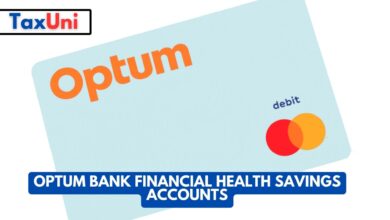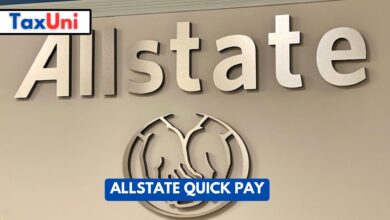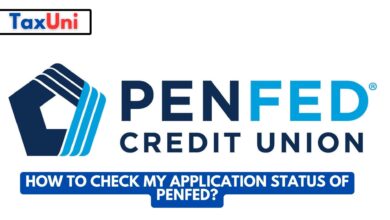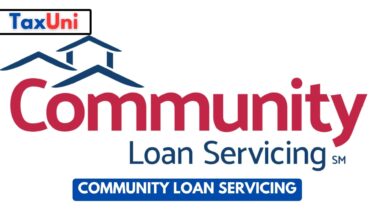Pay As You Earn (PAYE) Plan
PAYE, or Pay As You Earn, is one of four income-driven repayment plans for federal student loan borrowers. This article will cover what PAYE is and who can apply for it.

The pay-as-you-earn plan (PAYE) is an income-driven repayment plan for federal student loans. It bases your monthly payment on your income and family size to keep it affordable. Like all other IDR plans, PAYE forgives your remaining balance after 20 years of on-time payments. In addition, you receive a partial interest subsidy while in the PAYE plan.
To apply for the PAYE plan, you must be a new borrower and have at least one federal student loan with a balance of at least $5,000. You must also be in good standing on your current payments when you submit an application for the plan. You can use the Department of Education’s online application to apply for PAYE or any other IDR. The application requires tax information from the previous year and can be completed in about 10 minutes.
Once you’re enrolled in PAYE, your monthly payments will be capped at 10% of your discretionary income. This cap helps ensure that your payments never rise higher than they would be under the standard 10-year repayment plan, which is calculated when you enter the PAYE plan. Also, unlike some other IDR plans, PAYE limits capitalized interest to 10% of your principal balance.
You’ll need to recertify your income and family size with your servicer each year. If you fail to recertify or your income rises above the threshold for PAYE, your payments will be switched to the amount you’d pay under a standard repayment plan, and any accrued interest will be capitalized. If you’re considering income-driven plans, carefully weigh each option’s pros and cons before choosing.
If you are not eligible for PAYE, you can still lower your payments by switching to a different IDR plan or graduating into a lower-tier plan. However, remember that if you switch to an IDR plan with a longer term, you may end up paying more in the long run. Also, if you switch to a graduated or extended repayment plan, you will no longer qualify for Public Service Loan Forgiveness and begin accruing interest immediately.

Difference Between PAYE, REPAYE, and IBR Plans
The PAYE plan requires a borrower to submit their income and verification documents each year to determine their payment amount. This process could take up to five working days. To expedite the process, borrowers should gather their paperwork and personal information in advance of submitting an application for PAYE or another IDR plan. Borrowers can complete the PAYE application online at their loan servicer’s website. The application should only take about 10 minutes to complete if the borrowers have all their documentation ready.
Students and borrowers should carefully consider the benefits and disadvantages of each repayment plan before selecting one. “For borrowers who expect their income to increase over time, PAYE is often the better option,” says Tayne. “This is because their payments will never be higher than the 10-year Standard Repayment Plan’s calculated payment, regardless of how much their income rises.”
If a borrower expects their income to remain low for the remainder of their career, they might want to choose a plan like REPAYE, which allows spouses who file joint tax returns to have their individual incomes factored in when determining their payments. It’s important to remember that any unpaid interest on a loan that is forgiven under the PAYE or REPAYE plans will be taxable.
If a borrower isn’t eligible for PAYE, they can ask their loan servicer to help them find an IDR plan that will best suit their situation. In most cases, the loan servicer will be able to offer a recommendation for a plan that will allow them to minimize their payments and still qualify for loan forgiveness after 20 years of repayment.





